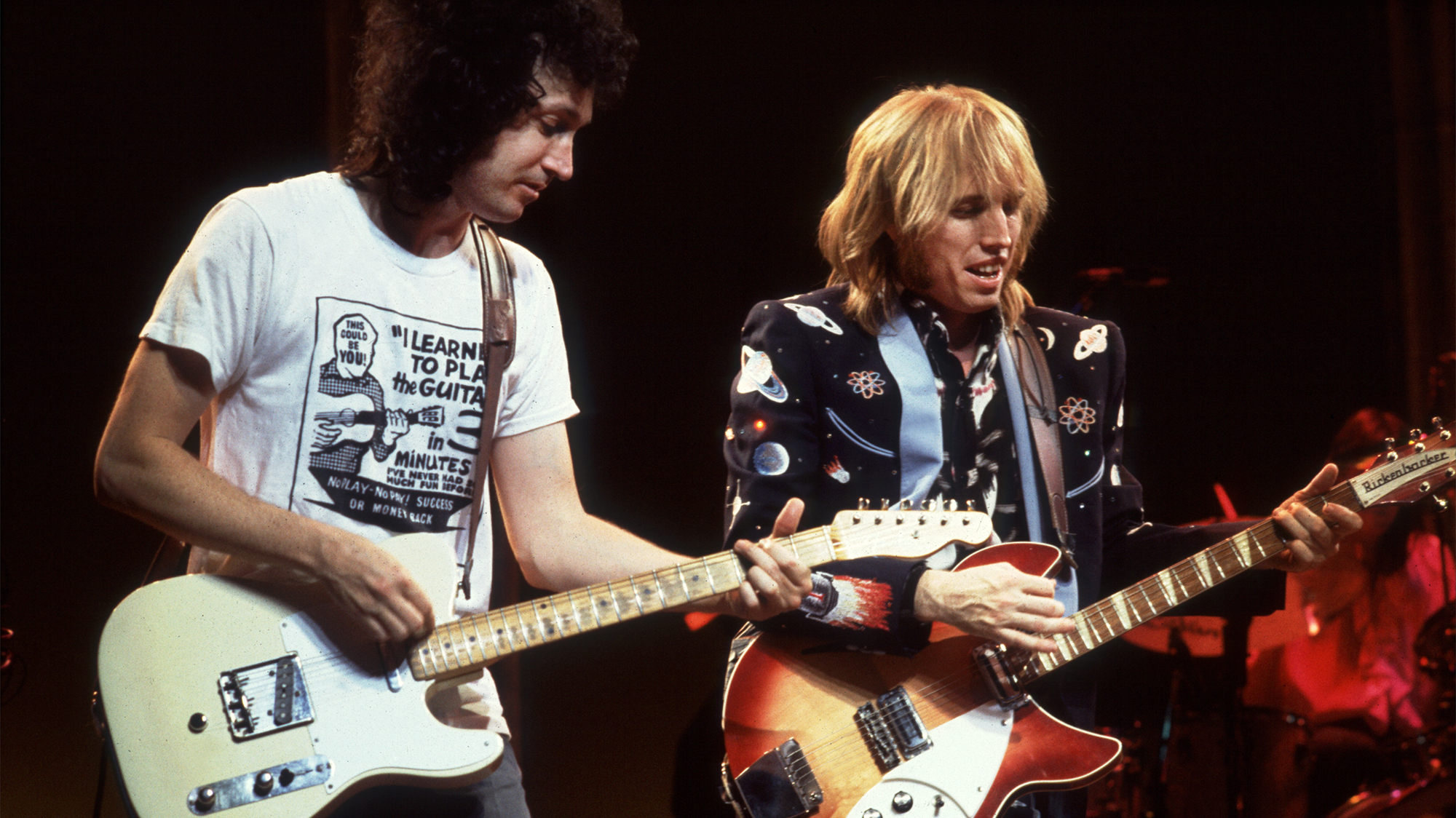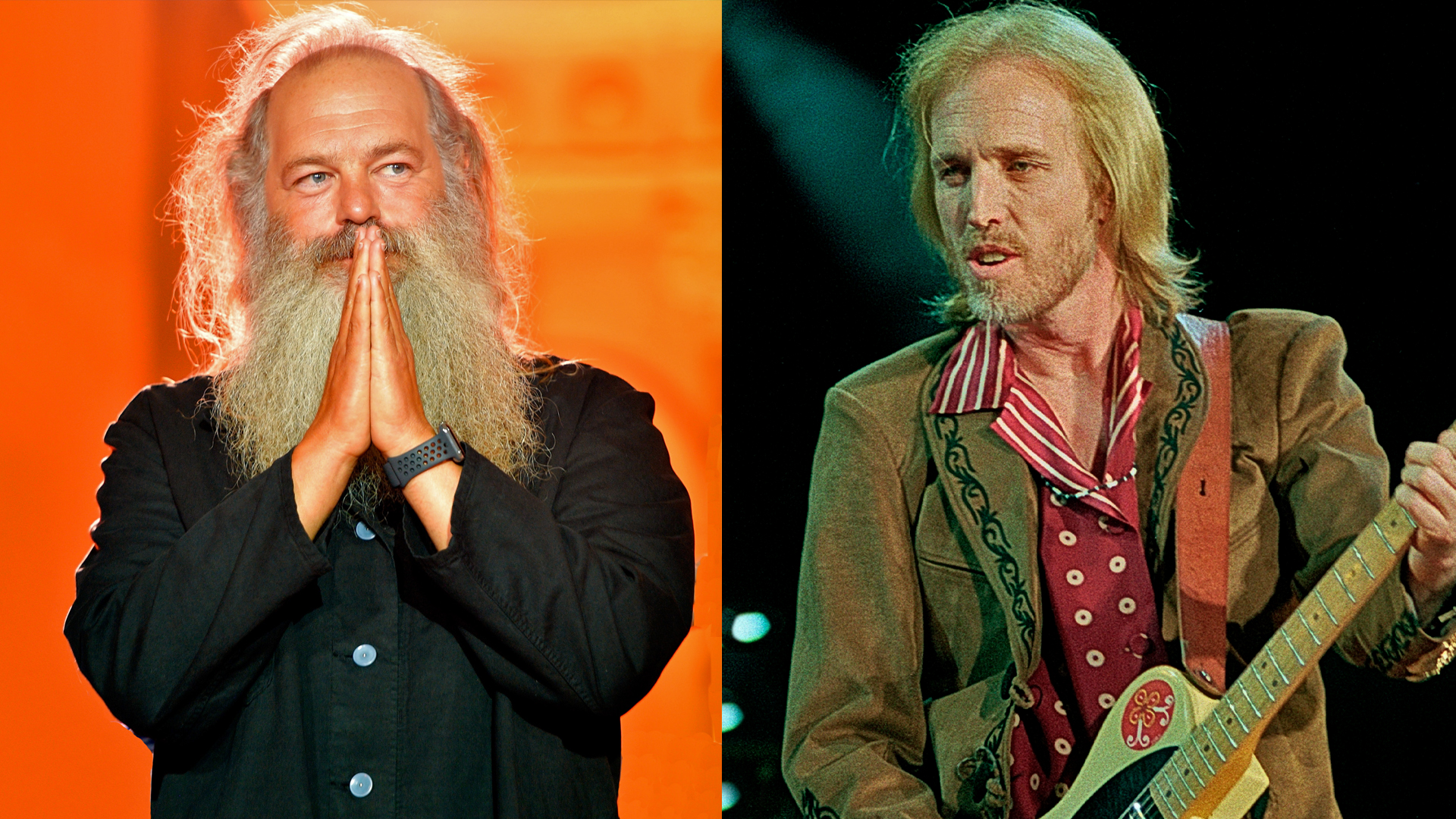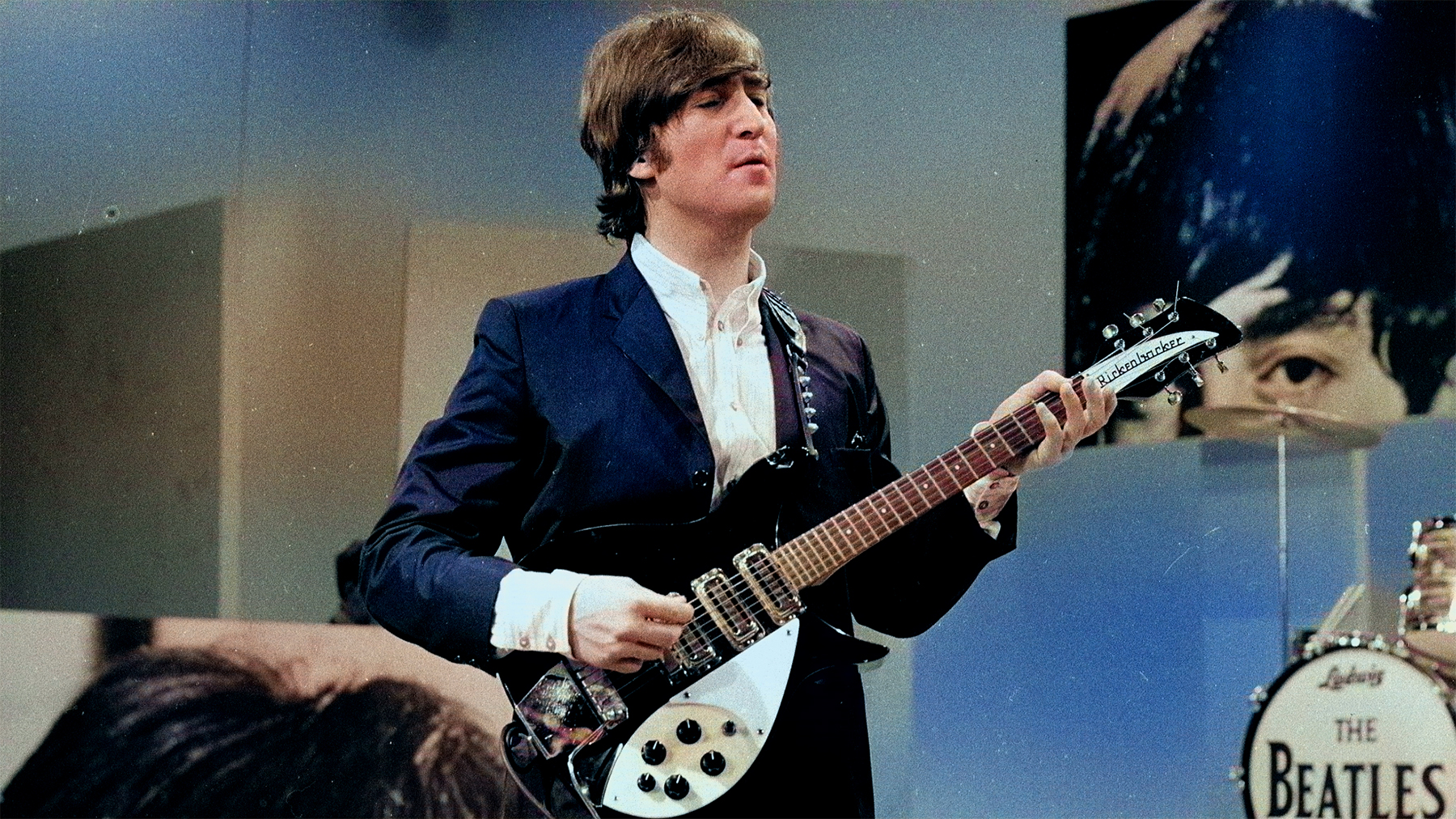“I called Tom and was like, ‘Hey, this whole phrase is really good. You may want to write this song.’” Tom Petty's throwaway guitar riff was hiding between two songs on a demo tape. He turned it into one of the Heartbreakers’ biggest hits
Producer Rick Rubin discovered the tossed-off riff on a cassette of demos Petty gave him and thought it was the better than anything else on the tape

Tom Petty’s 1993 Greatest Hits compilation may have been a fan-pleasing collection of prime cuts, but as far as Petty was concerned it was a contract breaker and nothing more. Eager to leave MCA Records for Warner Bros., the guitarist stuck a deal with the label to give them two new songs to include with the hits package in exchange for his freedom.
Little did he know one of those new tunes would become one of the biggest hits of his career, a new gem among 16 venerable jewels dating back to his 1976 debut album.
For that he had producer Rick Rubin to thank.
Petty was feeling burned out at the time he and MCA made their agreement, and turning out two new tunes was a bigger chore than he expected. At the time, he was at work on his solo album Wildflowers, and wasn’t keen to give up any of his new songs for MCA’s compilation. Rubin, who was on hand to produce Wildflowers, took on the assignment of producing whatever two new tracks Petty came up with.
Unable to muster the necessary creativity, Petty gave Rubin a cassette of demos containing songs he’d never released previously. .
“It wasn’t like, ‘These are great new songs,’” Rubin recalled to Rolling Stone in 2016. “It was more like, ‘Listen to these. See if you hear anything.’”
Rubin said he wasn’t moved by any of what he heard. However, in between two of the tapes songs was a riff played in passing, “like after someone tuned up, just the first chords they played,” he recalled. It stuck with him.
All the latest guitar news, interviews, lessons, reviews, deals and more, direct to your inbox!
“So I called Tom and was like, ‘Hey, this whole phrase is really good. You may want to write this song.’”

Petty decided to try it, and succeeded. The song he created from that riff was “Mary Jane’s Last Dance,” a standout track on Greatest Hits that became his first Billboard Top 20 single of the 1990s.
But as Heartbreakers guitarist Mike Campbell recalls, the song almost went by a different name.
”It was called ‘Indiana Girl,’” he told SongFacts in a 2003 interview. “The first chorus was, ‘Hey, Indiana girl, go out and find the world.’”
The line stuck until it came time to commit the lyrics to tape.
“We cut the song and Tom was singing the chorus,” Campbell said, “and he decided he just couldn’t get behind singing about ‘Hey, Indiana Girl.’” A short time later Petty found the line he’d been missing. “About a week later he came in and said ‘I’ve got a better idea,’” Campbell recalled. “So he changed the chorus to ‘Last dance with Mary Jane.’
I called Tom and was like, ‘Hey, this whole phrase is really good. You may want to write this song.’”
— Rick Rubin
“In the verse there is still the thing about an Indiana girl on an Indiana night,” he continued, but noted that the ambiguity of the new line gave the lyrics “a deeper meaning.”
As for what that deeper meaning may be, Petty never said. However, he revealed in a January 2010 interview with Mojo that Mary Jane is the woman from his 1977 hit “American Girl” “with a few hard knocks.”
One typical assumption is that Mary Jane is a young woman who died from an overdose, an idea borne out in part by the song’s music video. In it, Petty plays a morgue assistant who brings home the corpse of a beautiful woman, played by Hollywood actress Kim Basinger. After dressing her up in a wedding gown and dancing with her, he takes the woman to a rocky shore and releases her to the ocean, where Mary Jane floats to the surface and opens her eyes anew.
The song is noteworthy for featuring an electric guitar solo performed by Petty, rather than by Campbell. The two men would typically work out their sounds together, with Petty playing rhythm and Campbell lead. But as the guitarist recalls, he encouraged Petty to dig deep into his gut and play the solo himself. Campbell previously told Guitar Player that Petty played his 1950 Fender Broadcaster on the track.
“I pushed him to do that,” Campbell explained. “I said, ‘You go ahead and play a fuzzy sort of guitar solo’ because we had this good sound up.”
Campbell added that a rough mix of the song was created at his home studio but they were never able to improve upon it. “We went to three or four different studios over the next couple of weeks and tried to do a proper mix, and we could never beat that rough mix,” he said. “So, that was the mix we put out.”
As for Rubin, helping Petty find the hidden gem for his song was all part of his job. But he says he never knew what Petty thought of it all.
“I pushed him to do that. I said, ‘You go ahead and play a fuzzy sort of guitar solo’ because we had this good sound up.”
— Mike Campbell
“I don’t know how he felt about it. I couldn’t read him,” he said. “Sometimes, he would say things very clearly, and sometimes he would not and feel strongly about something, and I would never know.”
As fans will know, “Last Dance With Mary Jane” wasn't the first song to nearly elude Petty. During the sessions for 1979's Damn the Torpedos, he wasn't too keen about “Don't Do Me Like That” until producer Jimmy Iovine convinced him it could be a hit (it went to number 10 on Billboard's Hot 100 chart).
For that matter, Petty nearly put the brakes on "I Won't Back Down" because he thought it was too personal. It took a bit of arm twisting and some help from George Harrison before he got it down on tape and became one of his most popular tunes and a salve for people in times of trouble and hardship.
Christopher Scapelliti is editor-in-chief of GuitarPlayer.com and the former editor of Guitar Player, the world’s longest-running guitar magazine, founded in 1967. In his extensive career, he has authored in-depth interviews with such guitarists as Pete Townshend, Slash, Billy Corgan, Jack White, Elvis Costello and Todd Rundgren, and audio professionals including Beatles engineers Geoff Emerick and Ken Scott. He is the co-author of Guitar Aficionado: The Collections: The Most Famous, Rare, and Valuable Guitars in the World, a founding editor of Guitar Aficionado magazine, and a former editor with Guitar World, Guitar for the Practicing Musician and Maximum Guitar. Apart from guitars, he maintains a collection of more than 30 vintage analog synthesizers.

